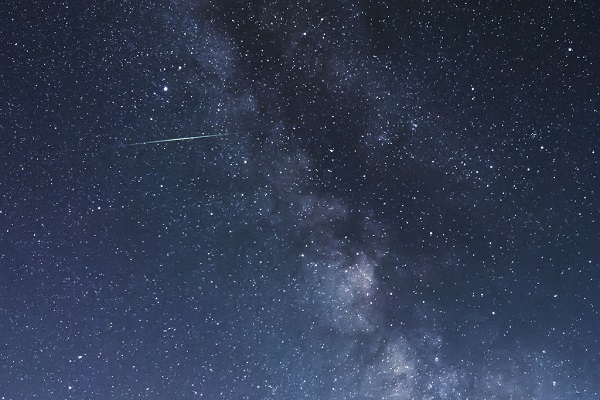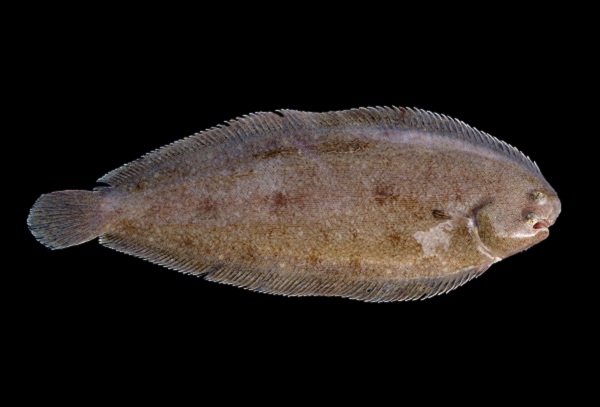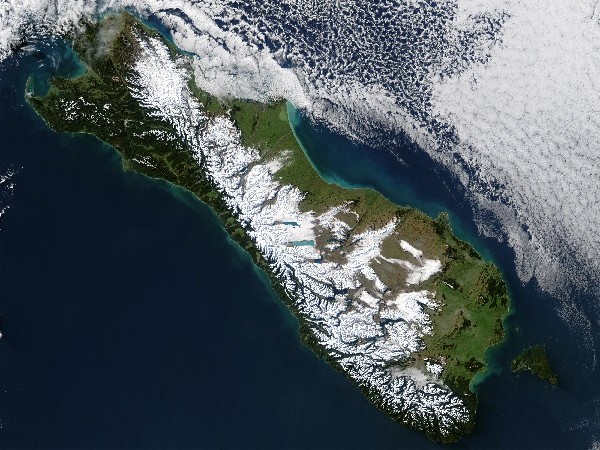
The Eta Aquariids will be the next nighttime spectacle to impress, and it is happening this week.
As the Earth revolves around the Sun, it passes through comet tails, smashed asteroids, and other debris left behind by the formation of this solar system. When it crosses these regions, the detritus and dust fall to the planet in the form of meteors, creating annual, predictable events. The fall of the Eta Aquariids will be the next to impress, and it is happening this week.
Eta Aquariids to Shower the Night Sky with Thirty Meteors Per Hour
Those in the Northern Hemisphere of the planet should look south, while those in the Southern Hemisphere should look north, as most of the meteors come in near the equator. The best views will be in the tropics, but cities as far north as the Gulf Coast should have a spectacular sight.
Astronomers also recommend reclining on your back, so that you do not have to crane your neck to see the meteors. This will also help get a full view of the sky. The shooting stars should fall at a rate of about 30 per hour during the shower’s peak. Contrary to most other major meteor showers, the Aquariids do no not a peak day. Instead, they have a major period, which marks the fall of the most meteors.











